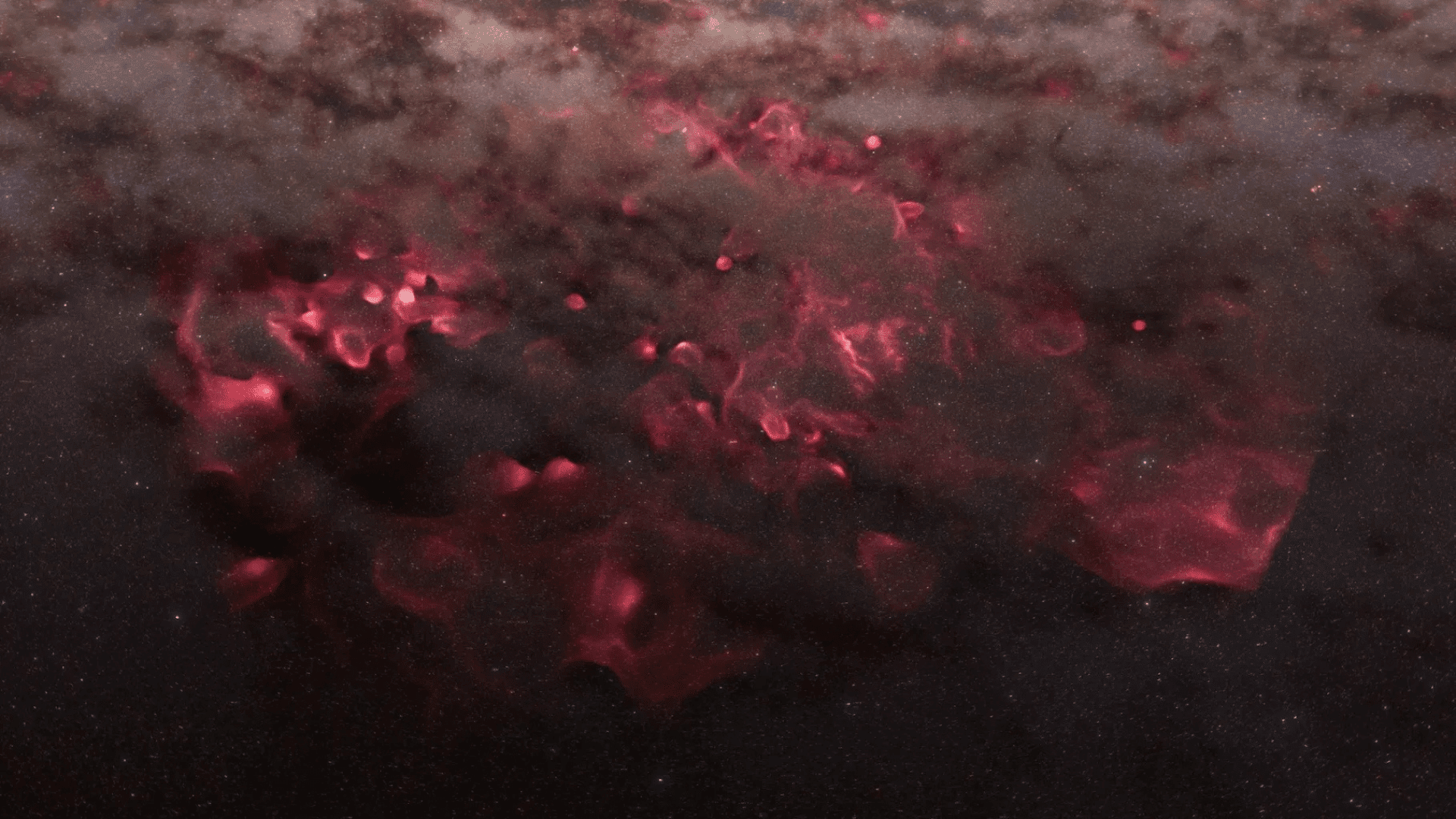A new 3D map of our galaxy from the European Space Agency’s (ESA) Gaia mission showcases over 44 million stars, plumes of ionized dust, areas of immense cosmic energy, and more.
Galaxy’s Largest 3D Map

From July 2014 to March 2025, the Gaia mission mapped our cosmic neighborhood by surveying every observable star and nebula. Now, scientists have used Gaia’s galactic data to create the most accurate 3D map of its kind.
Though we can see what the Milky Way looks like from Earth, its diameter is 100,000 light-years, making it difficult to visualize the area from a 3D perspective. Stellar nurseries, for example, are difficult to chart because their stars are often blocked by dense clouds of gas and dust.
Gaia’s space observatory measured stellar positions from the “extinction” of stars, or the amount of light blocked by all that cosmic dust. After the star’s extinction was measured, the team rendered the regions into a 3D map, which they could chart for ionized hydrogen gas. According to Popular Science, regions with higher levels of ionized hydrogen are considered indicators for nearby stars.
Amidst the 44 million stellar objects, the new map also contains 87 O-type stars, which are rare and large cosmic objects that are early in their lifespans and burn at high temperatures. The UV light emissions of these stars are so intense that they tear electrons from the hydrogen atoms they hit, creating even more visible ionized gas.
“There has never been a model of the distribution of the ionized gas in the local Milky Way that matches other telescopes’ observations of the sky so well,” astronomer and study co-author Lewis McCallum said in a statement. “That’s why we are confident that our top-down view and fly-through movies are a good approximation of what these clouds would look like in 3D.”
The team plans to integrate the next dataset into their model, which is currently scheduled to be released in December 2026.


